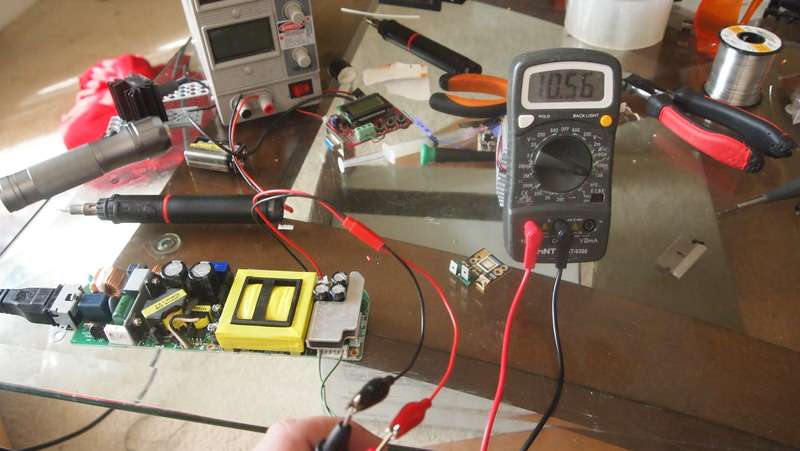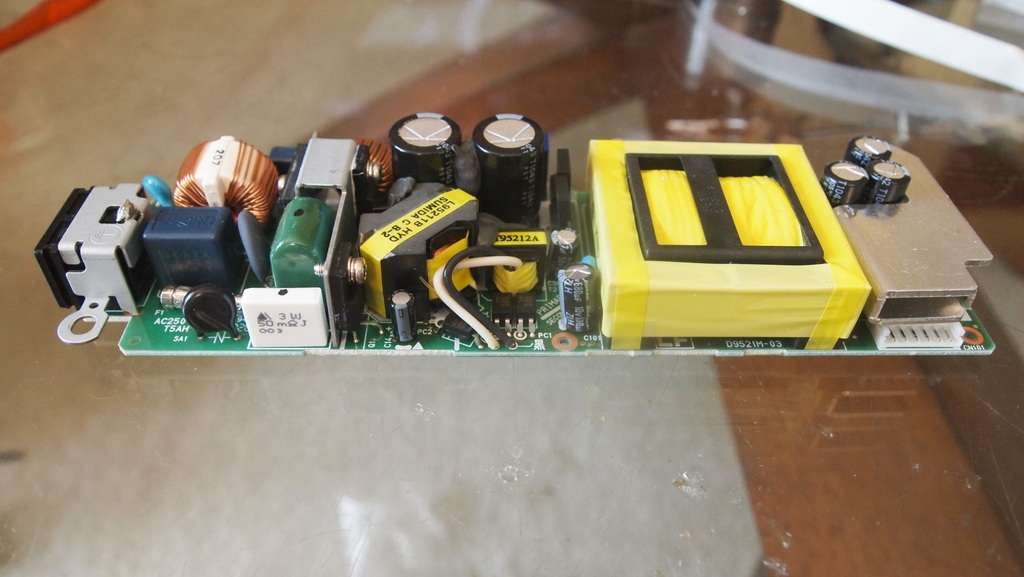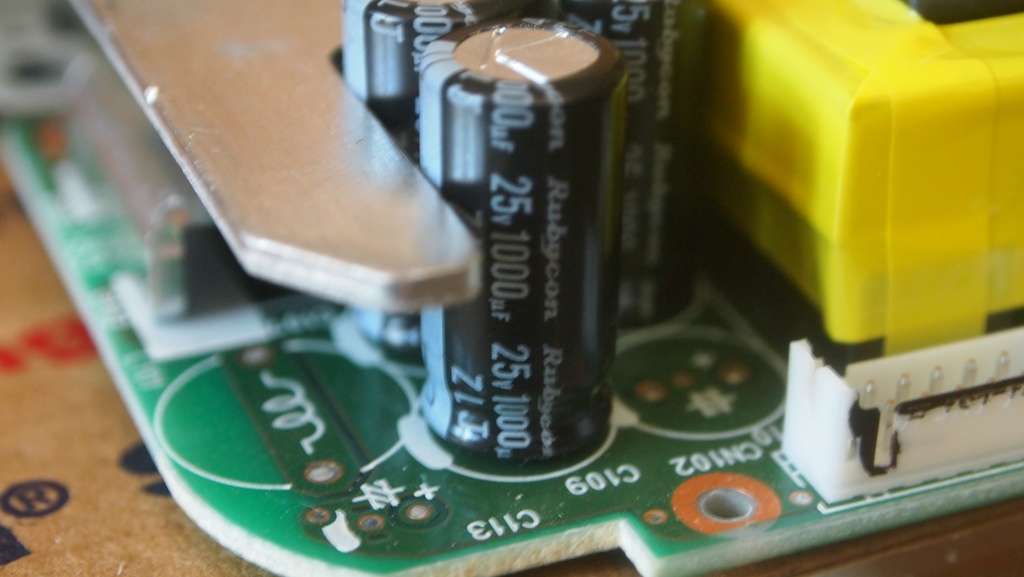
Originally Posted by
Bionic-Badger

Okay, I did the tests and the above pin-outs are correct. The power-on pin is also convenient for controlling the power supply. The power supply will always provide 5V at the 5V output so long as it is plugged in, so that you can control the power supply's operation. Hold the power-on to if you want the power supply off. When you want to turn the power supply on, connect the Power-on pin to ground (active-low), and ~12V will appear at the 12 power pins.
I would only use the 5V for lower power controller devices, and the 12V for powering diodes and other higher powered devices. The 5V has a very clean signal, and is almost exactly at 5V. The 12V power is also relatively clean, but there is some noise on the power that makes it around 12.2V to 12.6V at times. Use that for powering things, especially for bucking circuits.
I powered some lame UV LED with a resistor in line to see if it worked on the 12V power, and it did. I didn't have any other higher current circuits I could try (didn't want to break out rectifiers and didn't have enough voltage for the 18V LED). I don't know how much current it can source for 12V, but with a bucking circuit you could probably power some pretty hefty loads.
All in all, a nice power supply, being very compact, controllable, and providing very usable voltages and power, all for a cheap price.
Edit: I wasn't able to test the power-on pin on the 16-pin adapter as I didn't have that soldered up. I think it provides 5V as well, but is controlled, like the 12V by the global power-on on the 6-pin adapter.
5v is low current and the 12v is high current... figure whatever the projector is rated for in watts that's probably going to be close to its output...
so IIRC its draw is 270W so at least 14A @ 12V?














 Reply With Quote
Reply With Quote




